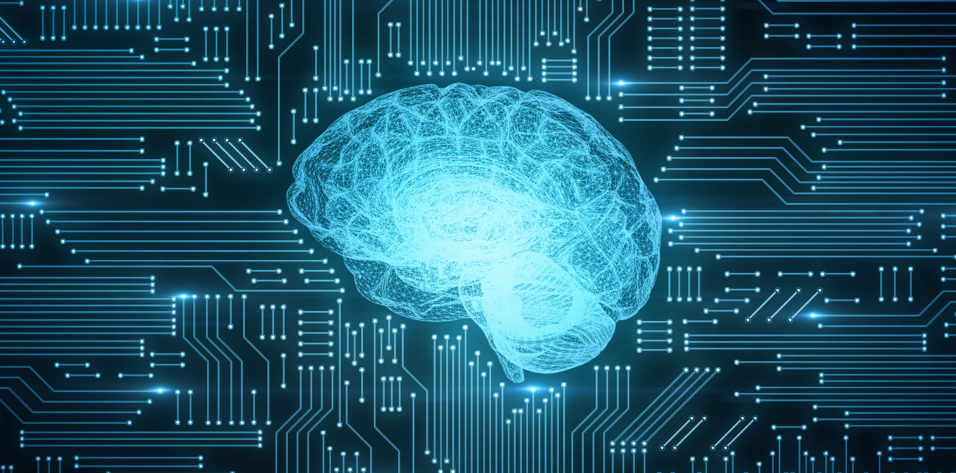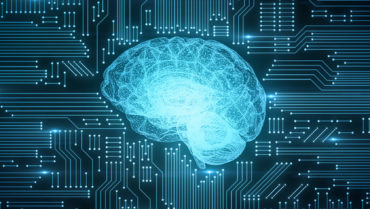
Artificial intelligence (AI) is becoming more common in our daily lives and in ophthalmology. AI technology is used in speech recognition software, search engines, smartphones, and so much more. Image recognition is one of the fastest developing areas of this field, and its most important application in ophthalmology is that it can be used to help physicians diagnose disease earlier and more accurately. Deep-learning computers create algorithms that can learn the differences between a normal and an abnormal image.
Understand the various approaches
There are a few different approaches to AI that ophthalmic surgeons must understand.
- Automated detector. This simple form of AI is a rules-based algorithm that looks for mathematical descriptors in order to detect and create diagnostic indicators when it recognizes a pattern.
- Basic machine learning. In this approach to AI, basic rules regarding the presentation of various disease states and conditions are established. A computer can then compare these data with a database of images of normal eyes. With this approach, AI learns how to differentiate normal eyes from those that are affected by disease.
- Advanced machine learning. A more complex structure, advanced machine learning consists of one or two interconnected layers of small computer units, mimicking the structure of the visual cortex. The first layer applies the same principles used in basic machine learning, but the output of this first layer is forwarded to additional layers that then provide diagnostic output.
- Deep learning with convolutional neural networks (CNNs). Multiple interconnected layers of small computer units, similar to neurons, can learn to perform tasks through self-correcting processes and repetition. If the CNN algorithm gives a wrong diagnosis, it adjusts its parameters to decrease the possibility of error. After repeating this process until its output agrees with that of human evaluators, it can start to process unknown images.
- Disease feature–based versus image-based (black box) learning. AI researchers are more confident if an algorithm’s output can be verified with the same characteristics as humans. However, the successful system that Google Brain reported in 2016 was an example of an unsupervised black box system, which made some surgeons uncomfortable.1 Google’s deep learning algorithm taught itself to correctly identify diabetic lesions in photographs even though it was not taught what the lesions look like. The algorithm arrives at the same diagnosis as often as ophthalmologists would.1
Conclusion
Deep learning models are more powerful and flexible than traditional statistical models. For example, these systems can evaluate a visual field and predict how fast it could deteriorate.
It is important not to fear the AI revolution. This field of technology can help physicians diagnose disease more accurately and help guide them to the most effective treatment. You can be confident that ophthalmologists will not be replaced in the near future.
Erik L. Mertens, MD, FEBOphth
Chief Medical Editor
1. Google’s AI program: Building better algorithms for detecting eye disease [press release]. American Academy of Ophthalmology. March 2, 2018. https://www.aao.org/newsroom/news-releases/detail/google-ai-building-better-eye-disease-detection. Accessed November 6, 2018.



